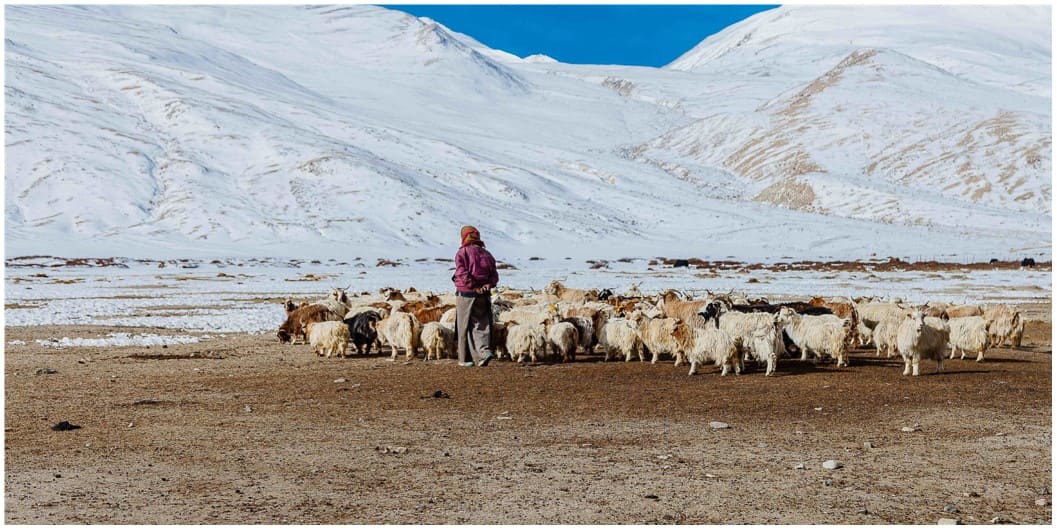
For centuries Pastoralist communities have been involved in rearing livestock and sustaining the ecosystem. They thrive in rangelands or places which do not produce much and depend on their livestock products for survival. The nomadic community has adapted to strategies such as flexible mobility and adapted breeds to be included in agriculture developments. Communities such as the Rabari, Gujjar, and Dhangars have been adopting this practice in order to obtain nutritious fodder for their livestock.
Today many pastoralist communities are fighting for their survival due to the ill effects of climate change on their livelihood. Erratic weather patterns are among the causes of slowly eroding ecosystems and lands, thus making them unsuitable for pastoralists. Their nomadic lifestyle helps in alleviating climate-induced risks on ecosystems but tends to get disrupted due to human pressures that strain natural resources and do not permit the balance to be maintained.
To cope with climate variations, many pastoralist communities have to frequently migrate to sustain their livestock. Though mobility is an integral part of their lifestyle but lack of access to grazing lands forces them to move often to survive. The Bakerwals and Gujjars from J&K have had to move regularly to adjust to the seasonal changes as their grazing pastures were affected. This also resulted in the loss of their animals, which are the prime source of their sustenance. With the onset of winter, they fear whether they will be able to find fodder for their livestock despite their deep knowledge of the area and the location of resources.
Pastoralist communities have maintained close ties with markets in order to sell their livestock and their products. To relieve themselves from climate shocks, they depend on markets as an alternate source of income. They are also known to have a symbiotic relationship with farmers, as these two communities rely on each other for support.
How do they provide a sustainable environment?
Pastoralists, through their traditional methods, help in conserving biodiversity and soil fertility in lands which aids in plant growth. Their grazing activities maintain vegetation which in turn reduces carbon dioxide and soil erosion, which keeps landmasses intact and facilitates water holding capacity that provides essential resources and a livable habitat for wildlife. This nomadic lifestyle greatly helps to reduce the adverse effects of climate change on the ecosystem.
Lack of Empathy from the Government
Despite promoting a sustainable environment and being managers of livestock, Pastoralists in India remain invisible in the state policy. Reasons behind this could be the poor documentation of them and lack of understanding of their livelihood by the powers that be. Although there are schemes pertaining to livestock that cater to farmers and documented populations of animal keepers, they do not focus on pastoral communities adequately. Linkage of pastoralists with government and private institutions would be necessary for them to get incentivized and obtain benefits. This will help them to deal with climate shocks and regain their way of life.
10 Oct 2022
Roshni Kumar